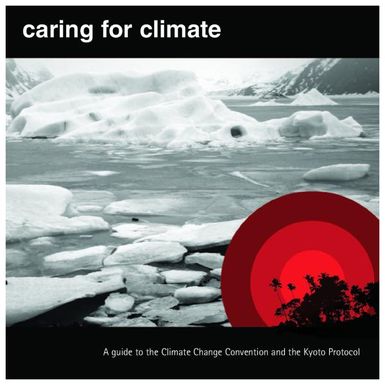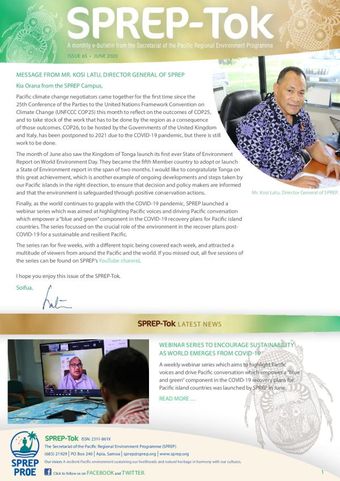Caring for climate: a guide to the Climate Change Convention and the Kyoto Protocol
- Description:
- Scientific evidence of human interference with the climate first emerged in the international public arena in 1979 at the First World Climate Conference (see timelines). As public awareness of environmental issues continued to increase in the 1980s, governments grew even more concerned about climate issues. In 1988 the United Nations General Assembly adopted resolution 43/53, proposed by the Government of Malta, urging: "... protection of global climate for present and future generations of mankind."
- Display date:
- 2005
- Collections:
- Secretariat of the Pacific Regional Environment Programme (SPREP)
- Publisher:
- United Nations Framework Convention on Climate Change (UNFCCC)
- Content partner:
- Secretariat of the Pacific Regional Environment Programme (SPREP)
- Availability:
- Not specified
-
Copyright status: All rights reservedFind out more about what you are able to do with this itemThis item is all rights reserved, with means you'll have to get permission from Secretariat of the Pacific Regional Environment Programme (SPREP) before using it. For more information, please see our use and reuse page.What can I do with this item?Non-infringing useNZ copyright law does not prevent every use of a copyright work, and this item may be hosted by an international institute or organisation. You should consider what you can and cannot do with a copyright work.No sharingYou may not copy and/or share this item with others without further permission. This includes posting it on your blog, using it in a presentation, or any other public use.No modifyingYou are not allowed to adapt or remix this item into any other works.No commercial useYou may not use this item commercially.
Related items
Welcome and warm Pasifik greetings
The information on this site has been gathered from our content partners.
The names, terms, and labels that we present on the site may contain images or voices of deceased persons and may also reflect the bias, norms, and perspective of the period of time in which they were created. We accept that these may not be appropriate today.
If you have any concerns or questions about an item, please contact us.

